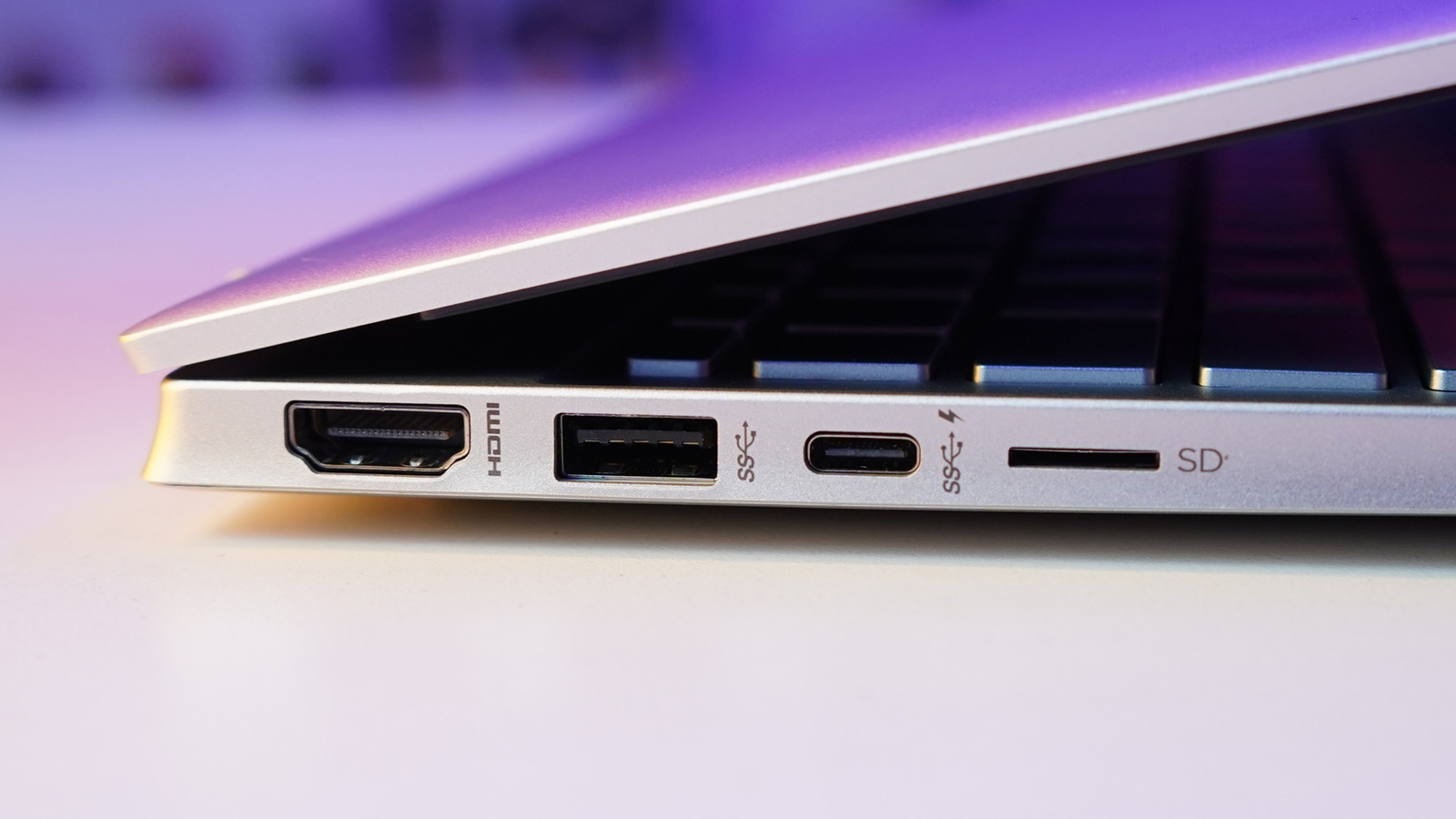Nvidia and HPE are collaborating with the Leibniz Supercomputing Center For the Construction of a new Superordinate for Germanyto which they have called Blue Lion. This will feature the latest generation chips of NVIDIA with Vera Rubin architecture, which will reach the end of 2026, and will be available for scientists who need to use it from the beginning of the year 2027. It is estimated that it will offer a computer power 30 times higher than that of the supercomputer that currently has the center in which it will be installed, the Supermuc-NG.
The announcement of the construction of Blue Lion has been made within the framework of a supercomputing conference held in Hamburg, ISC25, and arrives a few days after NVIDIA also confirmed that it will participate in the development of another supercomputer that will carry its chips for the United States National Lawrence Berkeley Laboratory. It will be called Doudna.
The company has also confirmed that Jupiter, another superoring that uses its chips, installed in the National Institute for National Research of Germany Forschungszentrum Julich and known as Jupiter, has officially become the fastest system in Europe.
The agreements to which these and other manufacturers are arriving with different European institutions represent the growing intention among the institutions of the region to improve their competitiveness in terms of supercomputs with respect to the United States. These systems are used in different fields of science, ranging from biotechnology to climate research.
Blue Lion will also have the last generation HPE Cray technology, with NVIDIA GPUS in a system equipped with great storage capacity and interconnection options that take advantage of the architecture of direct liquid cooling systems without a HPE fan, which uses a system that carries water through pipes to cool super -governors.
It will be offered to researchers who work in areas related to weather, turbulence, physics and machine learning, and It will support collaborative research projects distributed throughout Europe. Their workflows will have a mixture of classical and modern simulation. The tasks will be able to climb to the entire system, and the heat of their racks will be used to heat the nearby buildings.










